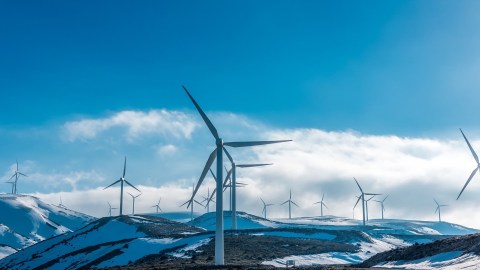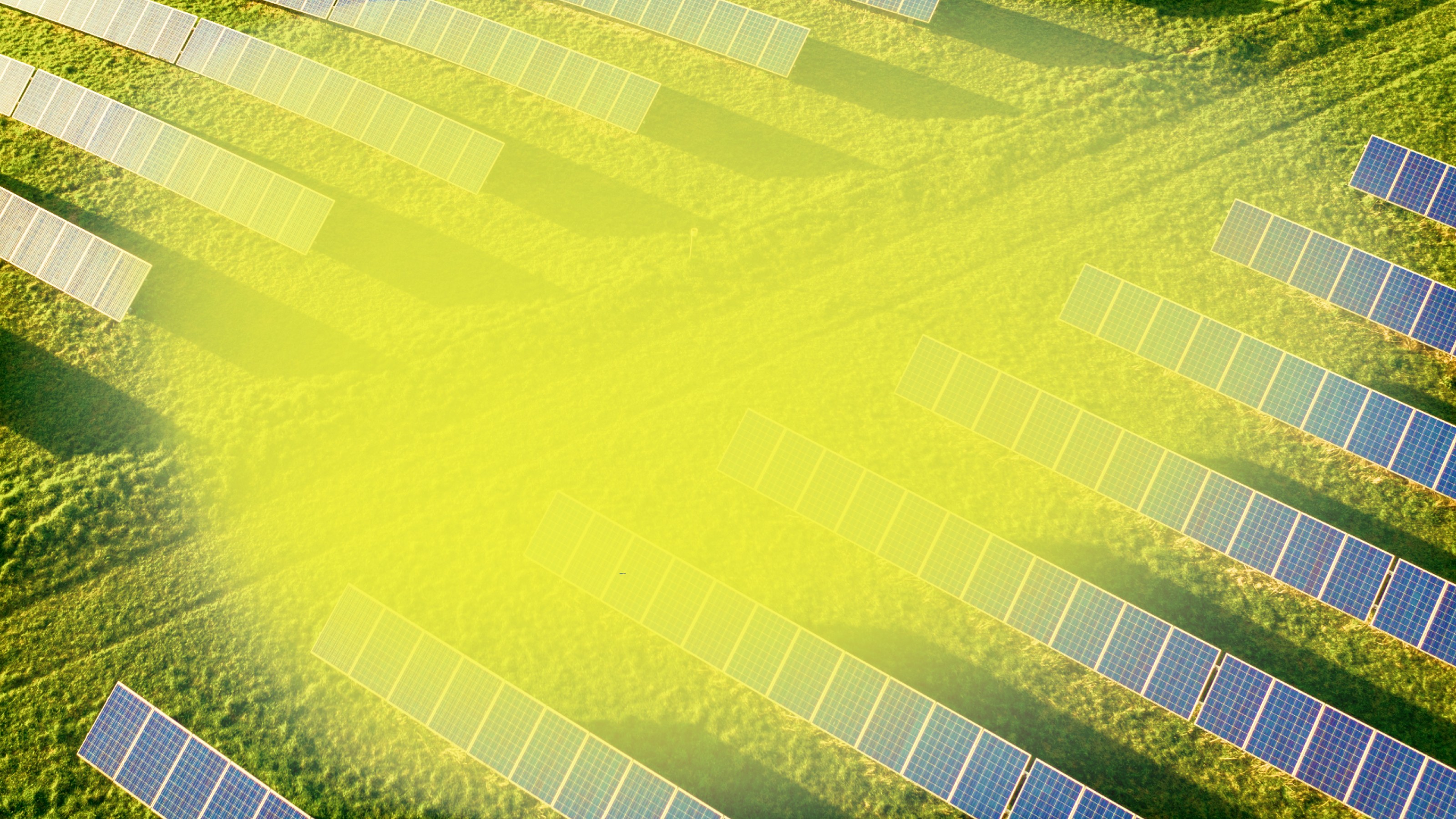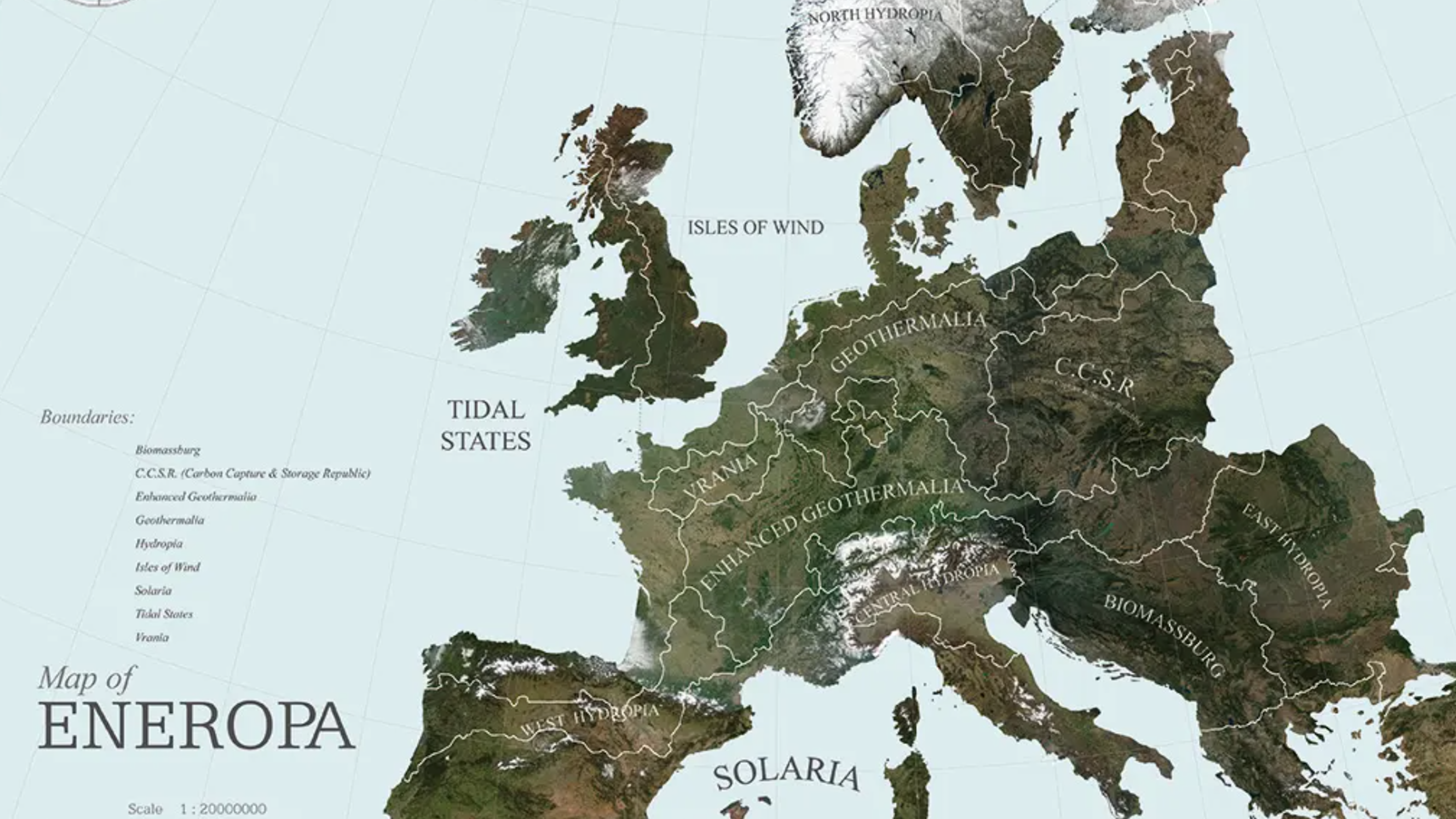Scotland is generating so much wind energy, it could power all of its homes — twice over

Image source: Jason Blackeye
- Wind turbines in Scotland produced more than 9.8 million megawatt-hours of electricity in the first half of 2019.
- Scotland is a global leader in renewable energies, generating more than half of its electricity consumption from renewables.
- The U.S. currently generates about 7 percent of its electricity from wind.
Scotland’s wind turbines have generated enough electricity this year to power all of its homes twice over, according to Weather Energy.
In the first half of 2019, Scotland’s wind turbines produced more than 9.8 million megawatt-hours of electricity, which is about enough to power 4.47 million homes. There are 2.46 million homes in Scotland.
“These are amazing figures, Scotland’s wind energy revolution is clearly continuing to power ahead,” said Robin Parker, World Wildlife Fund Scotland’s Climate and Energy Policy Manager. “Up and down the country, we are all benefitting from cleaner energy and so is the climate.”
Scotland is a global leader in renewable energies. The nation already generates more than half of its electricity consumption from renewables – mostly wind, wave, and tide – and it aims to become almost “completely decarbonized” by 2050. (A nation’s renewable energy consumption, by the way, can differ from its renewable energy generation because countries generally import and export energy.)
“These figures really highlight the consistency of wind energy in Scotland and why it now plays a major part in the UK energy market,” said Alex Wilcox Brooke, Weather Energy Project Manager at Severn Wye Energy Agency.
Why doesn’t the U.S. generate more electricity from wind?
The U.S. currently generates about 7 percent of its electricity from wind turbines. Wind is currently one of the cheapest forms of renewable energy generation; however, there are several factors preventing it from becoming dominant in the U.S. Those include:
- Wind variability: Put simply, wind turbines need consistent access to strong winds if they’re to be efficient. That’s a problem, considering some parts of the country – like the southeastern U.S. – see relatively slow wind speeds. “Wind power is very sensitive to the wind speed, more than you might guess,” Paul Veers, chief engineer at the National Wind Technology Center at the National Renewable Energy Laboratory, toldVox. However, wind variability could become less of a problem if wind power could be stored more effectively.
- The window-shadow effect: When you add a wind turbine to a landscape, you change local wind patterns. One downside is that each additional turbine robs wind from other turbines in the wind farm. So, designers have been trying to space out wind turbines in a way that maximizes efficiency. But the problem with this sprawling solution is that it becomes increasingly expensive, both due to maintenance and land cost. Additionally, rural residents generally don’t like having massive wind turbines spoiling their property values and views.
- Local heating: Although renewable energies like wind would curb climate change over the long term, wind turbines would likely cause local heating over the short term. Why? Cold air normally stays near the ground, while warm air flows higher. But wind turbines generally disrupt that natural order, pushing warm air down. “Any big energy system has an environmental impact,” Harvard engineering and physics professor David Keith toldThe Associated Press. “There is no free lunch. You do wind on a scale big enough […] it’ll change things.” Of course, this is a temporary effect, unlike climate change.





